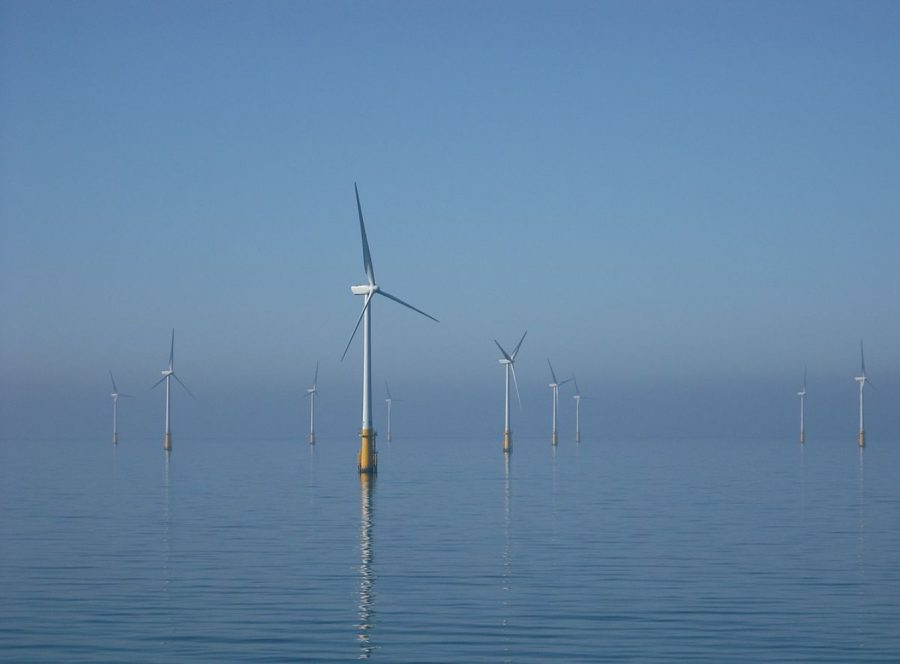With the current climate crisis and the goals set at COP 26, green energy is more important than ever. But in California, access to green energy is complex issue.
Continual droughts undermine hydroelectric power, while fires and farming make other land-based green energy less efficient.
One of the significant oceanic energy sources, wind power, is challenging to access on California’s coast because of the quick, steep continental shelf drop-off.
One solution to this challenge is the floating wind turbine, an innovative clean energy device first used off the coast of Italy in 2007. These wind turbines float on the water’s surface and can be farther offshore, where winds are faster.
Governor Gavin Newsom worked with multiple federal officials to approve a $20 million floating wind turbine plan.
After two years of negotiations, the U.S. Navy permitted turbines at Morro Bay. However, most of the coast is still off-limits.
Regardless, Newsom sees the project as an essential step towards creating a California powered by clean energy.
“This historic announcement, which could provide clean power for up to 1.6 million homes over the next decade, represents the innovative approach we need for a clean energy economy,” Newsom said.
There are concerns about this plan.
Floating wind turbines are costly, reaching around three times the cost of land turbines. They also require more intensive upkeep because of corrosion from the sea.
The impact of the turbines on the environment is also a concern. Carlmont AP Environmental Science teacher Taylor Hawkins worries about the possible adverse effects of the project.
“Onshore turbines are incredibly loud, and if floating turbines are also that loud, there could be some potential negative effects on sea life. Turbine and bird collisions have always been an issue, but the implementation of slow turning turbines has helped that problem, so the same technology would need to be used in floating turbines,” Hawkins said.
Hawkins also sees positive uses of the project besides the green energy. Since boats can’t go near the turbines, Hawkins thinks the turbines could serve as makeshift reserves for marine life.
There are ways to avoid negative impacts on the environment. Aran O’Sullivan, a Carlmont junior and the vice-president of the Carlmont’s Green Team, doesn’t think preventing environmental damage should be challenging.
“They do not release any pollutants, and as long as their locations are chosen carefully, they shouldn’t disrupt any migratory patterns or infringe on habitats. Therefore, the positive environmental benefit of wind turbines should outweigh any negatives,” O’Sullivan said.
The cost of floating wind turbines is still prohibitive to large-scale usage. However, engineers and scientists can likely decrease the costs over time.
Hawkins predicts that floating turbines will become a valuable source of clean energy if these problems are solved.
“These are still in the early stages of production and implementation and definitely have their issues. But with some fine-tuning, I think we will see more and more floating turbine ‘farms’ in our lifetime,” Hawkins said.












